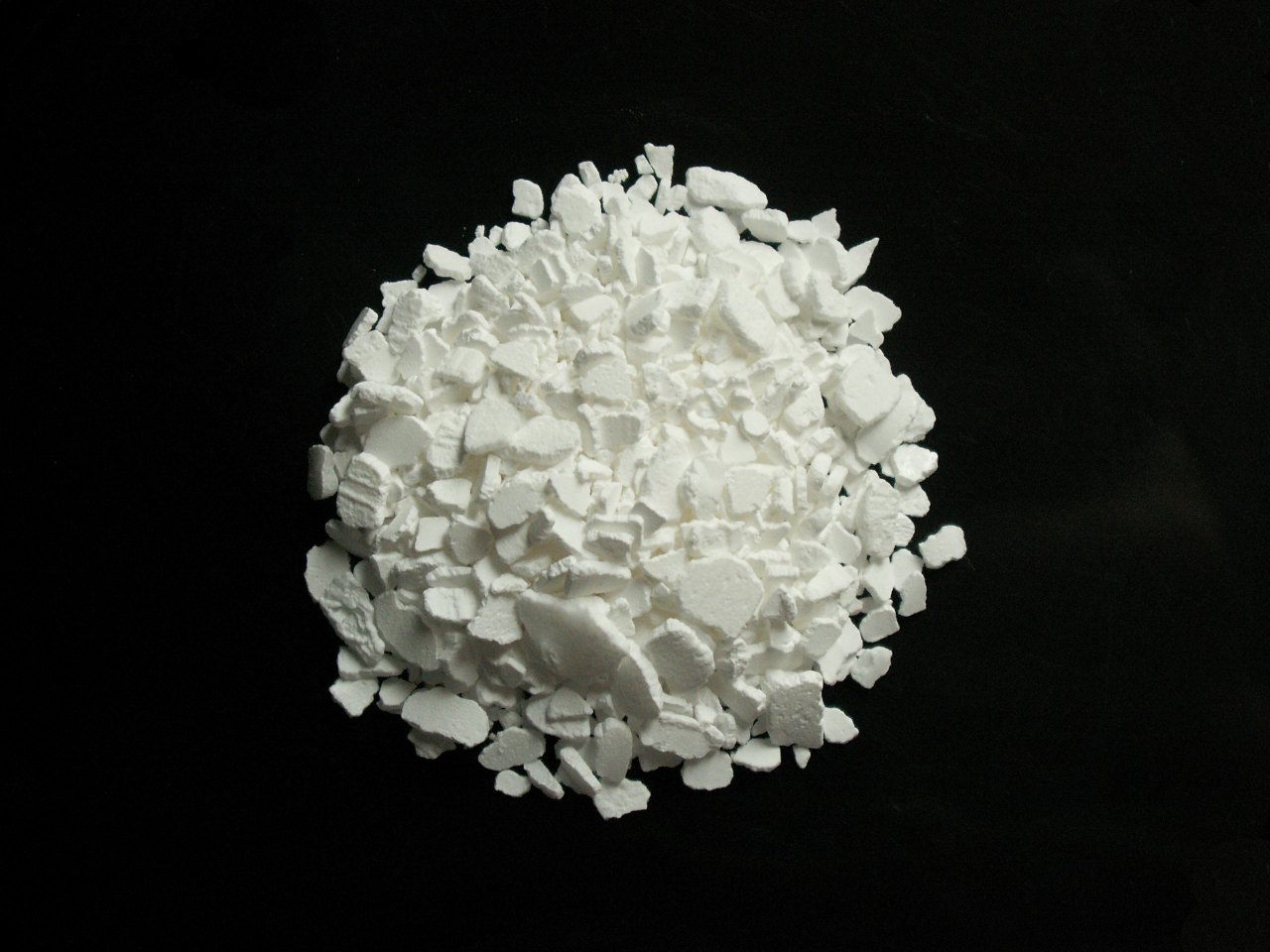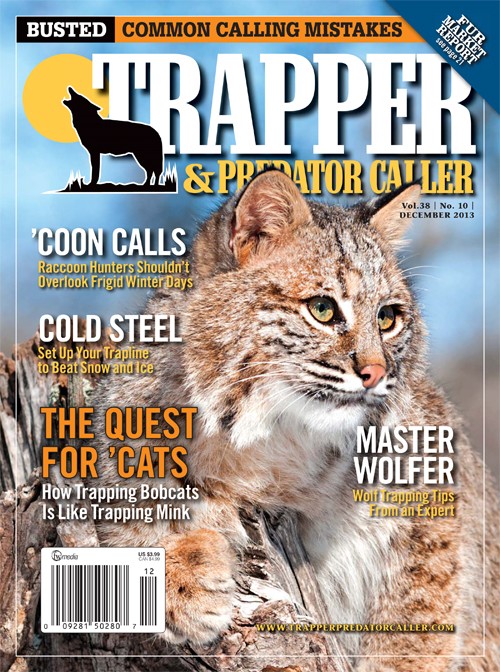
This is an excerpt from Trapper & Predator Caller Field Editor Dave Morelli’s article “And Then It Snows,” which appeared in the December 2013 Trapper & Predator Caller issue.
By Dave Morelli
The weather here in Idaho can go from good to miserable overnight. Even though I set traps in good weather, sometimes, I have to be thinking about keeping them working when the weather changes. The ground usually doesn’t freeze solid until deep in winter, but snow that covers sets will eventually melt in the afternoon sun and turn a dusty dry set into a dirty and wet set. This is usually not too much of a problem, but if the temperature drops below freezing, the dirt can stiffen up a little and make springs operate slower or not at all. The afternoon sun often helps thaw the set enough to catch the evening coyote, but a morning coyote might end up a miss. This happens even with the light skiffs of snow we get early in the season.
With a three-day trap check, a guy could get lucky and the coyote could come around at the right time. I like to take chance out of the equation though. Keeping the dirt dry is one solution to the problem. I always carry a bucket of dry dirt in the truck. I add this to sets to help keep the trap operational. Another trick is to set the trap in anthill dirt if you have harvester ant mounds in your area. The anthill dirt seems to shed the water a bit, and it doesn’t freeze together early in the season.
I start out making my sets with just dirt if it looks like it is going to be dry for a while, but as the season goes on, I sprinkle some calcium chloride in with the dirt while I bed the trap. After I wiggle the trap into the bed, I sprinkle a little calcium chloride around the base of the trap. Then I add a little dirt, pack it, add some more calcium chloride and finish it off with cover dirt. I will keep the calcium chloride deeper on the set and not put any on the surface. The calcium chloride will collect and draw moisture and show wet spots on the bedded trap if it is near the surface. As the weather gets colder, the white calcium chloride doesn’t stand out as much, so you can just sprinkle some around the set if it starts to show wet spots.
When there is snow on my sets as I check traps, I brush the snow off of the bedded trap so there is nothing for the sun to melt before the evening cold. The sun will then hit the dirt and make it warmer and dryer. If it really starts to get cold at night, I sprinkle just a little calcium chloride on the set to dissolve it into the wet soil.
As the trap checks go on, the ground will get saturated with calcium chloride around the set. The calcium chloride will continue to work as the temperature drops. At this point, all I do is remove the snow from the trap when I make my set and add some calcium chloride as necessary. The trap will continue to work under deep snow, and the coyote will nose out the scent of the lure and still get caught. I have been amazed at how much snow a coyote can smell through and get caught. Their noses sniff out mice and other critters under the snow, and I have watched them mouse in deep snow many times.
Calcium chloride comes in many forms. I like getting it from concrete companies because they use a fine spherical powder that will look much like snow around a set. It also comes in flakes and larger granules. All of it is very corrosive to the trap, and that’s why a lot of guys don’t like to use it. A good dye and wax job is essential to keep the traps from rusting excessively. I haven’t found this to be a big problem though. A little wire-brush work can cure it next fall.
Dave Morelli’s full story appeared in the December 2013 issue of Trapper & Predator Caller.
You can pick up a copy of the digital issue on www.ShopDeerHunting.com. Or if you’d like to subscribe to Trapper & Predator Caller, please visit the subscription page on our website.

